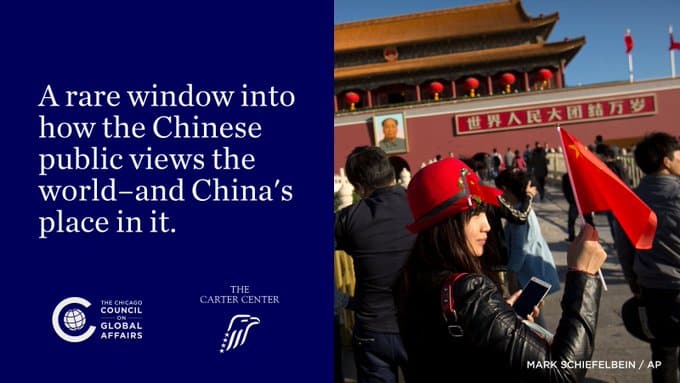Are China and the US Close to Sealing an Investment Treaty?
China and the United States are almost finished with negotiations over a key investment treaty, former Chinese Commerce Minister Chen Deming said on Wednesday. If successfully concluded, the bilateral investment treaty (BIT) could substantially increase Chinese and U.S. investments in each other’s markets.
A BIT between China and the United States has been in the works for eight years. In 2013, the two sides announced that they were finally ready to enter “substantive BIT negotiations” after nine rounds of talks on technical issues. Now, according to Chen, the two sides are almost finished.
Xinhua cited the former commerce minister, who was speaking at the Boao Forum for Asia, as saying that most of the key issues in BIT negotiations have been resolved. Chen mentioned that both sides have agreed, for example, to handle disputes between the host country and investors via third-party arbitration at the World Bank.
Chen’s announcement came as something of a surprise, because the BIT has largely faded from the spotlight when it comes to the U.S.-China relationship. Overshadowed by the South China Sea and cyber issues, the BIT didn’t even make it into the White House’s main fact sheet on outcomes of President Xi Jinping’s visit to the United States in September.
A separate fact sheet specifically on economic relations saw Presidents Obama and Xi “reaffirm as a top economic priority the negotiation of a high standard BIT.” But there were no targets set for completing the agreement, only a promise to “intensify the negotiations and to work expeditiously to conclude the negotiation of a mutually beneficial treaty.” That was a disappointment to optimists who had theorized the treaty could be finalized in time for Xi’s big visit.
According to the U.S.-China Business Council, U.S. foreign direct investment in China has remained fairly steady, at between $2.7 and $4.1 billion per year, since 2008. Chinese investment in the United States, however, has skyrocketed in the same period – going from less than $1 billion in 2008 to $11.9 billion in 2014 (down from a high of $14 billion in 2013). As these numbers indicate, the objectives of both sides are different. U.S. firms hope that a successful BIT could open up what has become a stagnant investment environment in China. Chinese firms – which are in the midst of drastically expanding their investments in America — seek a streamlined investment process that would eliminate fears of bias and excess scrutiny from the Committee on Foreign Investment in the U.S. (CFIUS).
Currently, United States (and other foreign firms) are blocked from investing in a laundry list of industries in China, from genetically-modified agricultural products and domestic parcel delivery services to news outlets, publishing houses, and television stations. Other sectors are “restricted” and may require foreign investment to come as part of a Chinese majority-owned joint venture. Even the Shanghai Free Trade Zone, which is supposed to be an experimental zone with fewer restrictions than the country at large, comes with a lengthy “negative list” of off-limits industries, including automobile manufacturing, telecommunications, and banks.
And to many business leaders, it seems China is getting less – not more – receptive to foreign investment; witness, for example, a new rule that bans any company with foreign investment from publishing content online. According to the U.S.-China Business Council’s 2015 China Business Environment Survey, China has made little progress on the issue over the past few years, despite repeated commitments to opening its markets. Even in sectors where foreign investment is allowed, USCBC also found that 80 percent of American companies believe their Chinese competitors receive preferential treatment — and that’s just for private enterprises. When it comes to China’s state-owned firms, 97 percent of respondents said SOEs are receiving a competitive boost from the government.
USCBC, however, has been a vocal advocate for the conclusion of a BIT, arguing (in an open letter to Obama and Xi from 94 U.S. CEOs), that “a high-standard BIT – with clear provisions providing equal treatment to each country’s investors and a short list of exceptions – is one of the key items that could make an immediate and tangible impact for both of our economies.” The question, of course, is how high the standards will be, given China’s neuralgia regarding foreign investment and its stated goal of promoting Chinese domestic firms as international superstars — which to date has involved shielding them from domestic competition.
China’s current commerce minister, Gao Hucheng, previously said that China and the United States have “basically completed text negotiation” on the BIT, a claim echoed by Chen this week. However, Gao was speaking in March of last year – and he noted at the time that agreeing on the actual negative lists — the areas that will remained closed to foreign investment — would be a “challenge.” Whether the U.S. and China have made any progress since exchanging their latest negatives lists in September remains to be seen.
By SHANNON TIEZZI Mar. 24, 2016 on The Diplomat
Read more here








